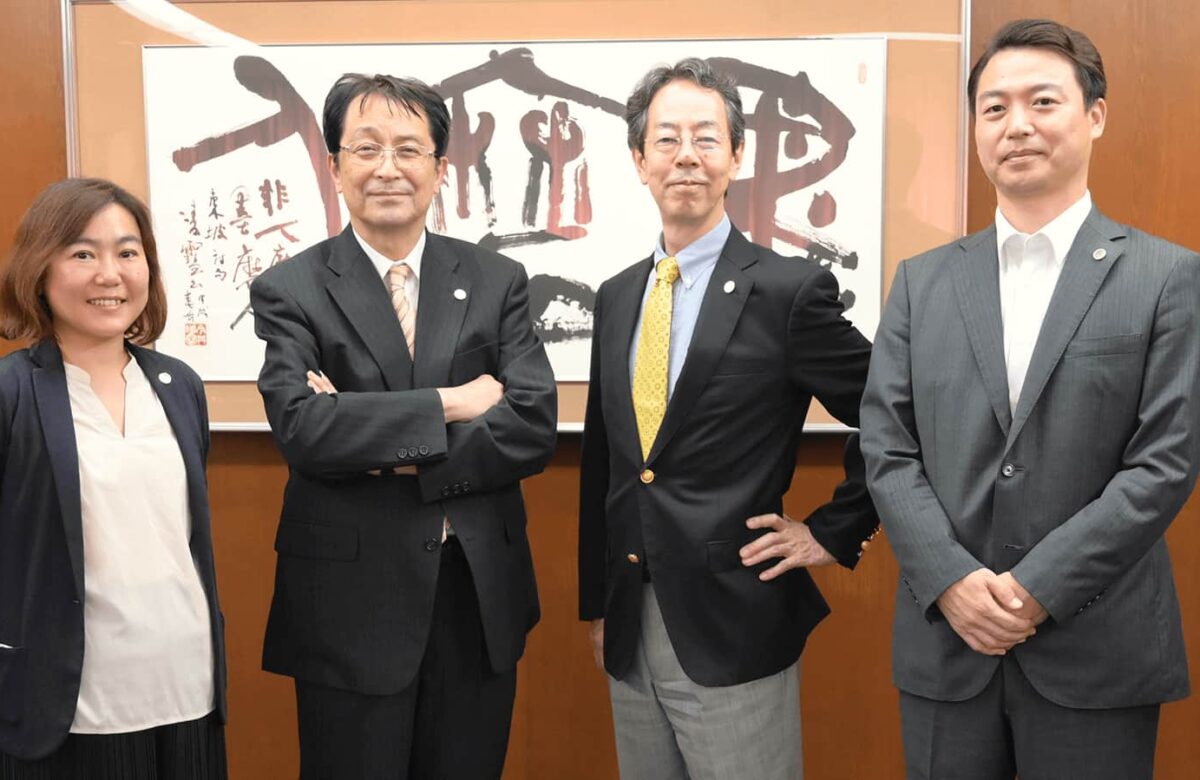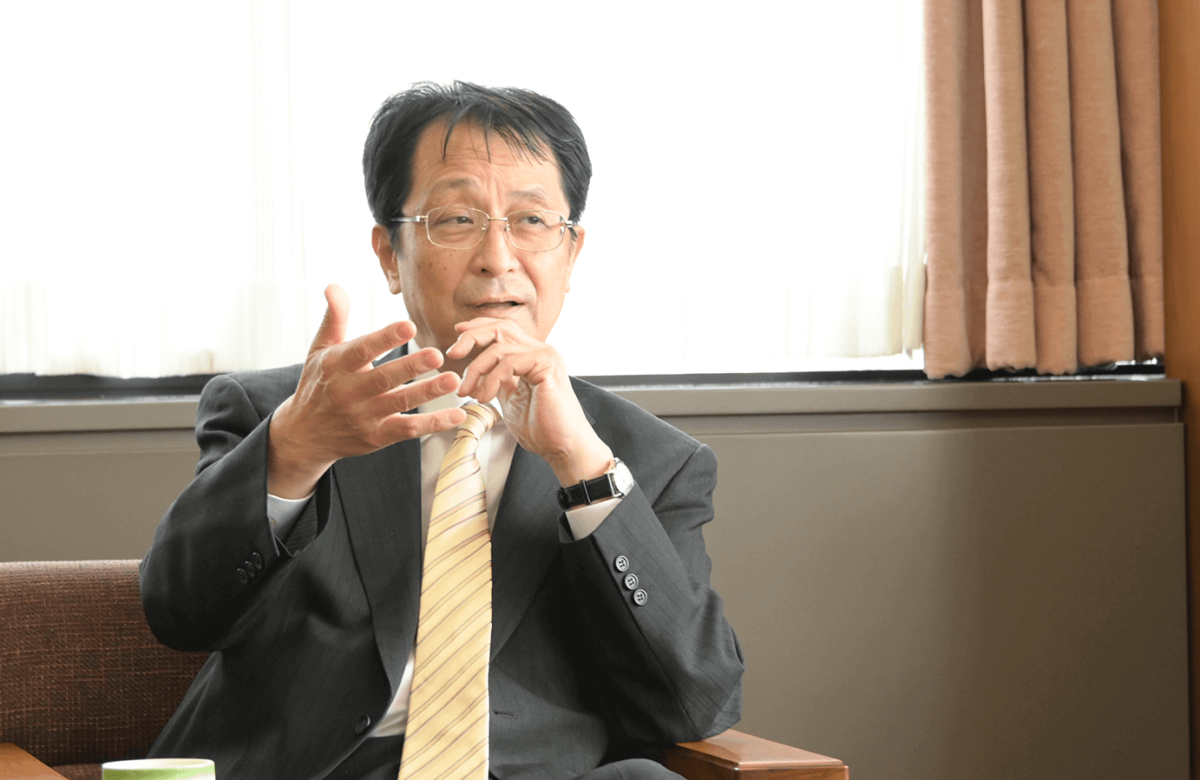The Heart of Hokkaido University’s URA
We spoke to the United Research Administrators at Hokkaido University to understand what the role entails.
- InterviewArticleUniversity
- December 1, 2016
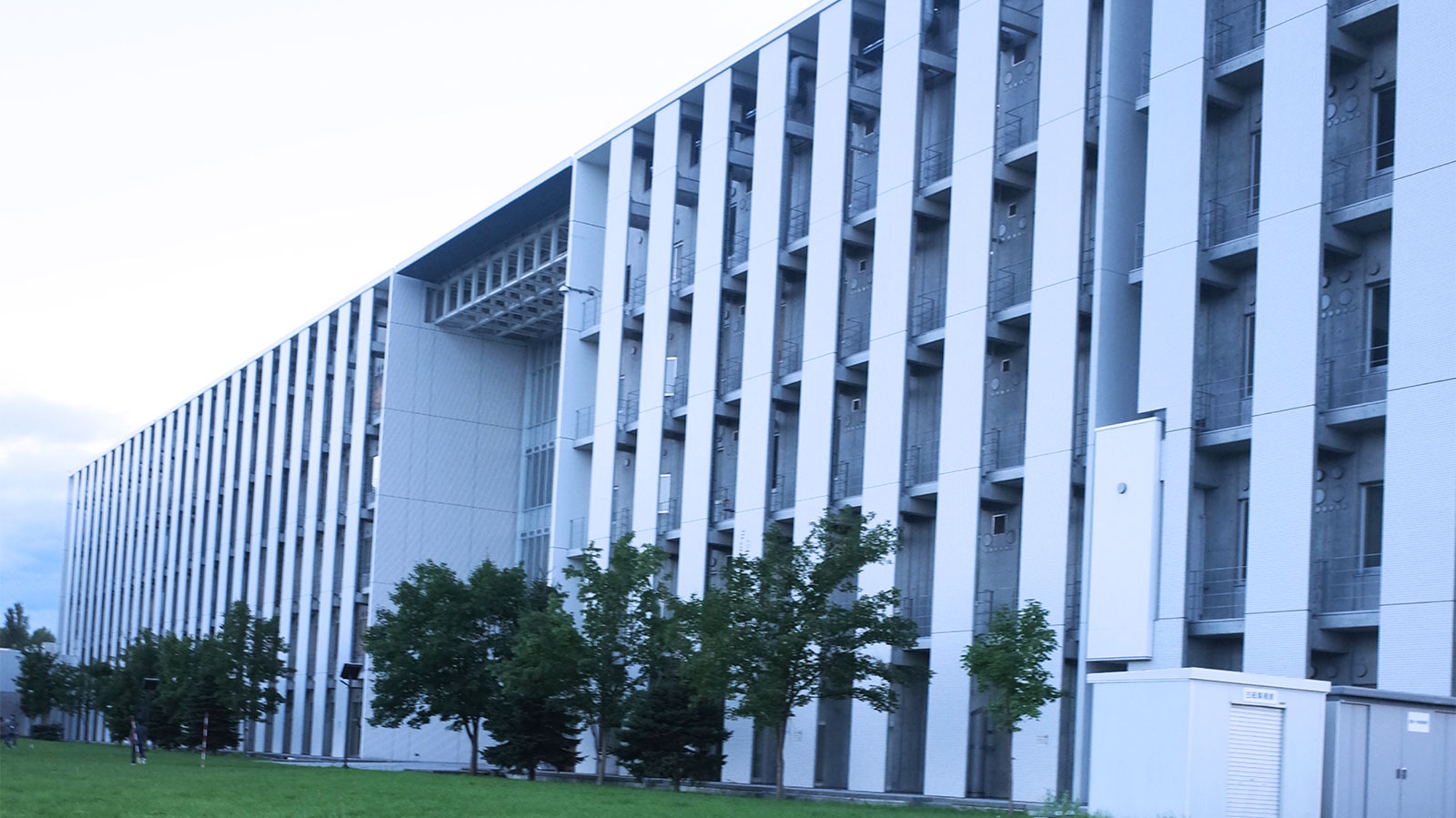
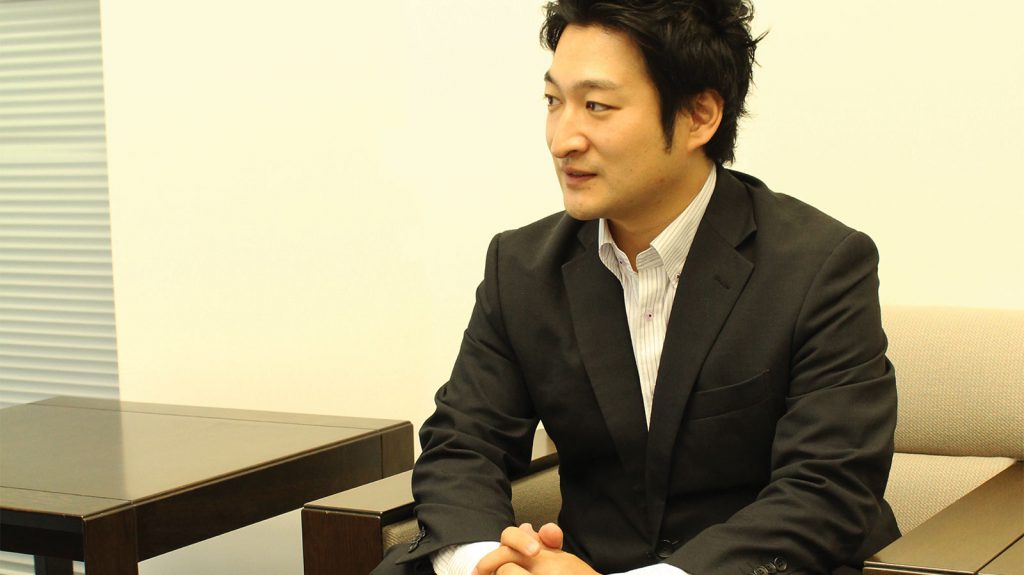
Shingo Ebata: Senior URA/Head URA
While specializing in cosmochemistry, I researched the origins of the solar system by using advanced tools for analyzing asteroid samples brought back by Hayabusa (Japanese robot asteroid mission) and studying meteorites. As I made progress in my research, I became strongly aware of the huge impact analytical instrumentation has on research, since researchers and research infrastructure are the two most indispensable factors of research. I was involved in the development of the world’s cutting-edge analytical instruments when I was a post-doctorate/assistant professor. During this time, I realized that the university used a large number of impractical analytical instruments and that the university’s management strategy was poor. That is when I diverted my attention to management. I wanted to do something to benefit not only Hokkaido University but the whole of Hokkaido and Japan.
Coincidentally, the Hokkaido University URA office posted an opening at the time. I was keen, so I jumped onboard. A URA needs to develop an instrument-sharing system, facilitate the transfer of skill among the technical staff, and oversee facility maintenance and overhead expenses; in a nutshell, the URA utilizes the university’s brand and assets. In the current scenario, where the government’s budget is being steadily reduced, a new business model is required. This business model needs to incorporate the use of new methods to increase the university’s societal value, which will be assigned a financial value and factored in the budget.
The Global Facility Center was established in 2016 with the aim of serving as Hokkaido University’s next-generation management strategy. Before its establishment, there were very few people who recognized the value of the university’s equipment and technical staff. However, after the Global Facility Center was founded, many efforts were undertaken all over the country to establish it as one of the landmarks of Hokkaido University. The efforts proved successful; not only was the university acknowledged throughout the country, but it was also able to secure a bigger budget.
Things have been exciting since. We’ve begun new initiatives such as the “Equipment Market” and “Shisaku Solution.” I haven’t restricted myself to the extended budget. As the Deputy Head of Center, I have increased the value of Hokkaido University and have been involved on a daily basis, in the process realizing my vision and achieving results.
The objective of Hokkaido University’s URA is to reform the system at the university level. Vice President/Director Kawabata said that each URA should pursue the URA office’s mission. The URA is fairly new role, so it is unclear how things will pan out. While each URA is working towards achieving tasks in line with their interpretation of the role, the aim is to reform the system at the university level. I think Hokkaido University is functioning smoothly because the system is in place. A Hokkaido University URA is essentially an assistant director. Because URAs undergo on-the-job training, they are bound to encounter some conflict. However, each day is exciting because you can see each plan in detail and how it is linked to the university’s management strategy.
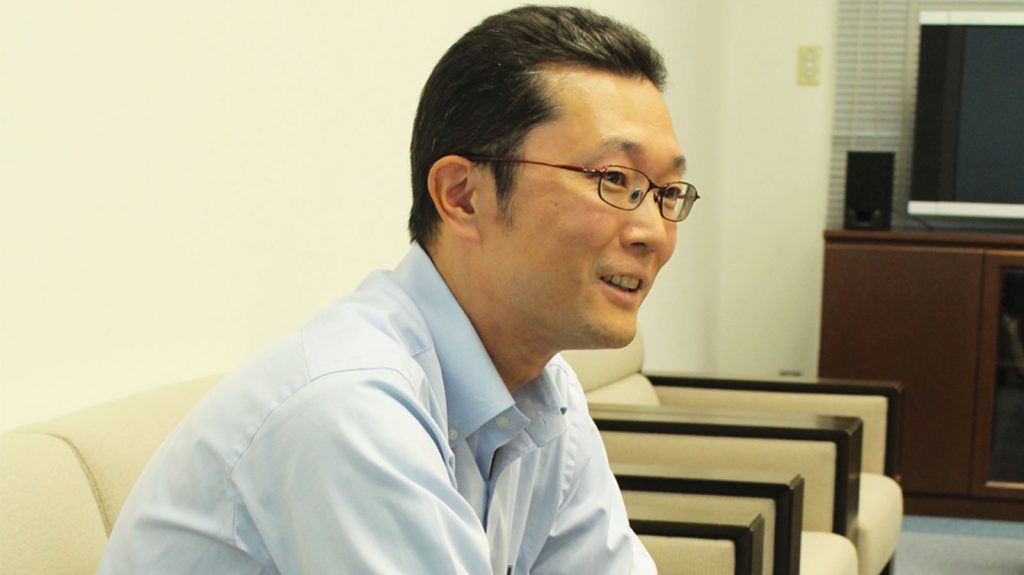
Shingo Tanaka: Head URA
Originally, I specialized in ecology and researched the evolution and adaptation of insects to agrochemicals and other environmental changes. After I received my PhD at Kyoto University, a sustainability science research project was introduced at Hokkaido University and I was keen on becoming involved in URA work that involved collaborating as a post-doctorate researcher. I became interested in working on large-scale projects assigned by the Ministry of Education, Culture, Sports, Science and Technology (MEXT), as this involved a range of tasks from acquiring external funds to coordinating with the teaching staff from various departments. In 2012, I applied for a position offered by the URA office at Hokkaido University.
The hottest project right now is the ArCS: Arctic Challenge for Sustainability. This project was started with the aim of creating a flagship research project that will become the core function of Hokkaido University and support the entire university with its resources. Arctic research is not limited to the natural sciences; it requires collaboration between disciplines—from the humanities and social sciences to engineering. It also requires collaboration with external organizations. Since no one in the university has performed that level of research, I worked towards creating a new department. We have just begun working on two projects—a national MEXT project related to the Arctic region and a project called the Joint Usage/Research Center—both in collaboration with the National Institute of Polar Research (NIPR) and the Japan Agency for Marine-Earth Science and Technology (JAMSTEC).
You need to overcome the cultural differences between institutions and disciplines to complete tasks smoothly. The role required supporting this environment and encouraging researchers to pursue their research. I think Hokkaido University’s top-down decision-making structure is its most unique aspect and that is why the URA plays an increasingly larger role. Institutional research (IR)—analyzing the university’s strengths—plays a big role in that area. Decisions are taken at the top based on the analyses and we execute the project accordingly. As a result of our close relationship with the top decision-makers and direct access to the heads and managers of each department, it is easy to carry out large and complex projects progress smoothly. A project that would take one to two years to complete with a bottom-up structure could be completed in about a week.
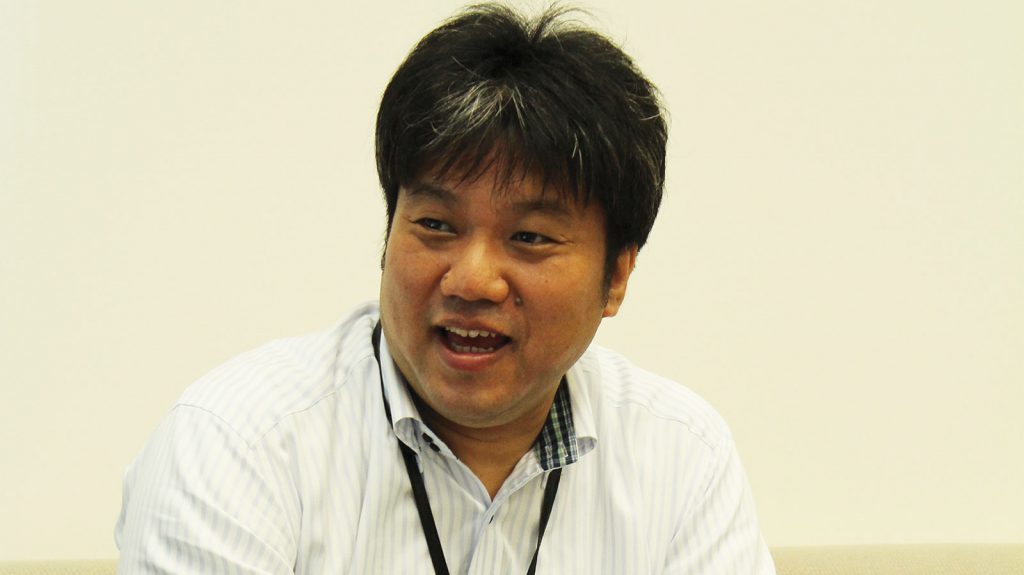
Naosuke Okada: Head URA
While studying physical oceanography, I investigated sea flow. I specialized in computer simulations, and created virtual seas and investigated how the sea flow changed under specific circumstances. After attaining my degree at Hokkaido University, I worked at the National Institute for Environmental Studies in Tsukuba city during my post-doctorate studies where I took part in a research project focused on measuring global warming. I was then asked by a professor from Hokkaido University to assist with the operation and management of a program called the Global COE. While working there, I discovered that the job was right up my alley. I enjoyed thinking about how research could be done more efficiently and found it even more exciting than doing research itself. Around that time, I began thinking about a career change because the MEXT had just introduced the role of URA in universities across the country.
My responsibility as a URA is to carry out IR, that is, gather and analyze research information. I initially handled research information such as and citations. In the future, I would like to create a system that develops the university’s research strategy or, in a broader sense, an evidence-based university management strategy, by first learning how to centralize external fund acquisition, intellectual property information, etc. As part of our strategy, one primary focus is identifying Hokkaido University’s strengths. Now that Hokkaido University is fiercely competing against other institutions, it can use its uniquely curated databases, tools, and data to plan the building of a research base. Further, the university’s executives, department heads, and researchers need to assess where they stand in order to generate research of higher impact. We have been conducting detailed analyses for each department and field of study, and making them available to the teachers in each department.
I believe that nothing can be achieved if you do not create a self-image, and I believe Japanese universities have yet to achieve this. This is an incredibly difficult task. There are many factors to take into account when designing a business, such as sales, profits, stocks, and other complexities. By crafting a new identity for Hokkaido University, I believe we can create an environment where the faculty can conduct research with greater ease and efficiency. By making use of analyzed information and the university’s strengths, the URA can create a better environment for the whole university. A university that is progressing into the future: that is what I want Hokkaido University to be.
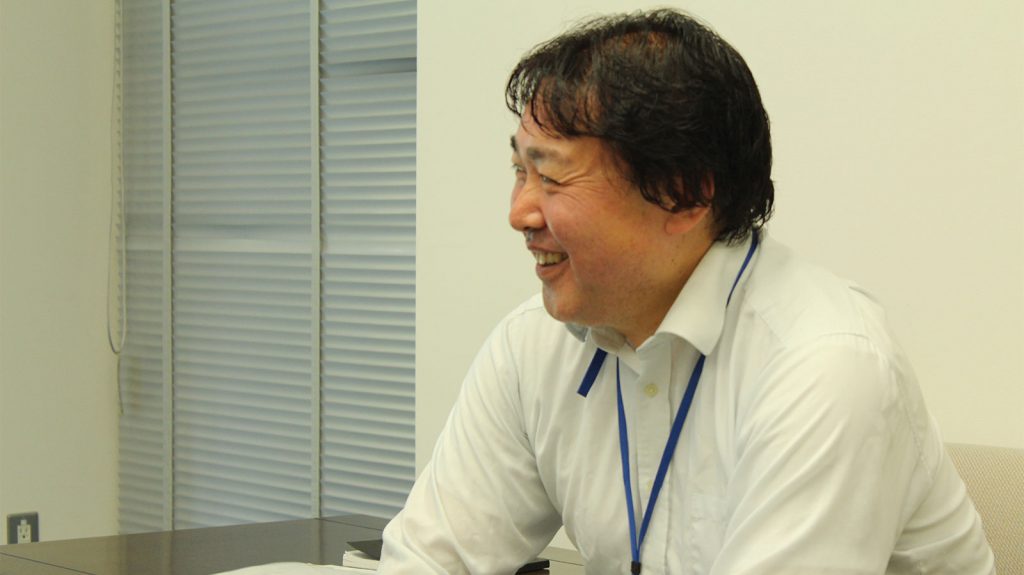
Junichiro Yamazaki: Head of URA Station
The objective of the URA office’s initial plans led by the was “to ensure the research time of researchers.” As a result, when the URA compared researchers to writers, it gave the implication that they were editors. But the expectation from universities has changed. In large projects that involve businesses or other organizations, typically, it is difficult to see progress when just one researcher is involved. The URA needs to assume the role of a research producer in the office of the president, director, vice-president, or lower rungs of management, and make changes so that teachers are able to support a part of that project. To be able to circulate projects, a URA—whose position until now has been that of a research supporter—needs to be able to talk about the vision from a managerial standpoint. I believe we are currently in the transitional phase of cultivating such a staff.
SHINGO EBATA
Shingo Ebata received a Doctor of Science degree at Hokkaido University and specialized in Cosmochemistry and Analytical Chemistry. He was involved in the development of analytical instruments at Osaka University and Hokkaido University and became a URA in 2013. Ebata served as Executive Director of the 4th URA Symposium and the 6th URA Researchers’ Convention in 2014. Ebata is mainly responsible for research infrastructure strategies and staff training operations. His main responsibilities included projects related to the architecture of autonomous systems/business models for university facilities, industrialization of systems and open facilities, and researching ways to utilize Hokkaido University’s brand.
SHINGO TANAKA
Shingo Tanaka majored in Applied Biosciences at the Kyoto University Faculty/Graduate School of Agriculture. Since receiving his PhD in Agronomy, Tanaka has been working as a coordinator of a multinational sustainability science training program while having tenure at Hokkaido University’s Training and Research Center of Sustainability Science. As a Hokkaido University URA, he deals with the launch and management of large-scale research projects, which include the construction of the Landmark Research Center.
NAOSUKE OKADA
Naosuke Okada obtained his Ph.D. in Environmental Earth Sciences at Hokkaido University and specialized in physical oceanography. After being involved in a project about predicting global warming at the National Institute for Environmental Studies, he became a management advisor for an external funds project at Hokkaido University. As a Hokkaido University URA, Okada is responsible for planning and analyzing information for enhancing research capacity at Hokkaido University.
JUNICHIRO YAMAZAK
Junichiro Yamazaki gained managerial experience at the University of Tokyo, Yamagata University, Utsunomiya University, Hirosaki University, and other universities. After working as a professor at Yamagata University, he played a role in the founding of the URA research administration system at the MEXT and became affiliated with Hokkaido University in 2016.
This article is a part of ScienceTalks Magazine issue Welcome to the University Research Administrators as Strategic Management Leaders


